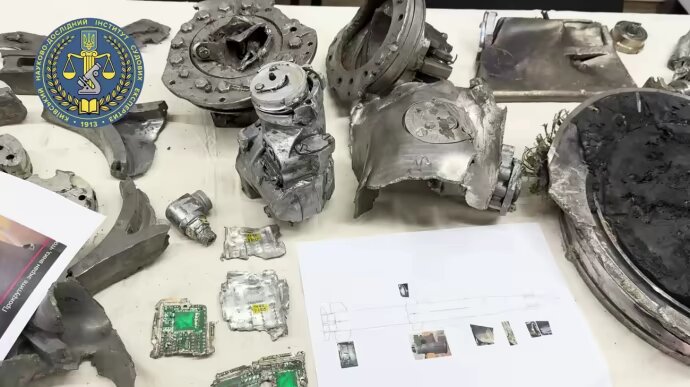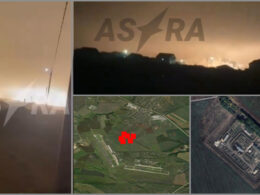The Kyiv Scientific Research Institute of Forensic Expertise has confirmed Russia's deployment of the 3M22 Zircon anti-ship missile in Ukraine on 7 February, a weapon claimed by the Russian military to be hypersonic.
On 7 February, Russia launched a massive missile attack on cities across Ukraine, resulting in five deaths and over 40 injuries. Ukraine claims its forces destroyed 29 incoming missiles and 15 kamikaze drones.
Oleksandr Ruvin, the institute's director, reported
via Telegram that the investigation into the Russian missiles used in the attack has led to the identification of specific components and markings characteristic of the Zircon missile. According to Ruvin, the 3M22 marking on parts and fragments, along with the identification of nodes and details peculiar to this type of weapon, substantiates the claim of its use.
Ruvin detailed that certain components found in Russian missiles could be used in several types of products, while others are specific to particular models. In this case, elements typical of the 3M22 Zircon missile were observed, including specific markings on parts of the rocket engine and steering mechanisms. The missile components are marked with identifiers such as 3L22 and 3B22, indicating a common nomenclature for the Zircon series.
Notably, markings on the missile fragments suggest the components were manufactured between late 2023 and 2024, indicating the weapon's recent assembly.
Moreover, Ruvin mentioned that the microelectronics were mostly unrecoverable and nearly impossible to analyze due to physical damage, but efforts are being made to determine the composition of the metal from the missile's body fragments and thermal insulation materials. He also noted that the missile targeted an area devoid of military facilities, resulting in civilian infrastructure damage and civilian casualties.
Despite the manufacturer's claims of the missile's specifications, including a range of 600-1500 km, speeds up to 8-9 Mach, and a warhead weight of approximately 300-400 kg, the institute's ongoing research suggests that the weapon does not meet these declared tactical and technical characteristics.
Read also:
- Digital Minister: Ukraine ramps up thousands of drones with deep strike capability in 2024
- Munich Security Index: Global perception of Russia as threat decreases
- Russian drone fragments found in Moldova near Ukraine border
- NYT: Ukraine air defense missile stock could be gone by March without US resupply





